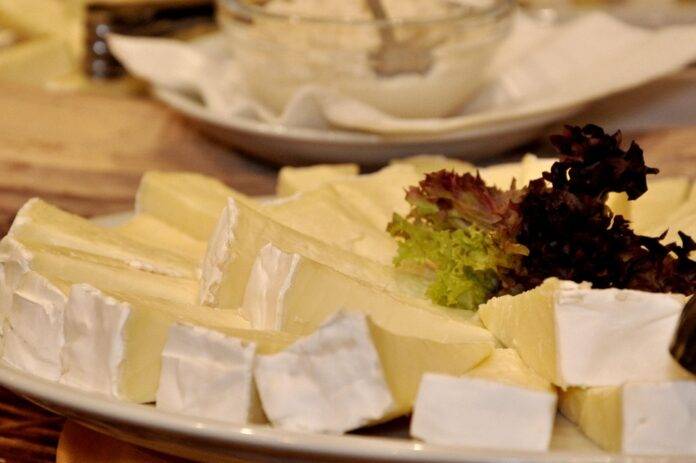Cultural Significance of Brie in French Cuisine
Introduction
Brie cheese is a soft cow’s milk cheese named after the French region of Brie where it originated. It is one of the most well-known and popular cheeses in the world, with a creamy texture and a mild, slightly tangy flavor. Brie has a long history in French cuisine and holds significant cultural importance in the country.
History of Brie Cheese
Brie cheese has been produced in the region of Brie in France since the 8th century. It was originally made by monks in the region and was considered a luxury food reserved for royalty and the nobility. Over the centuries, Brie cheese became more widely available and popular among the general population in France and eventually around the world.
Traditional Production Methods
Traditional Brie cheese is made from raw cow’s milk and is aged for a minimum of four weeks. The cheese is formed into large wheels and then coated with a white, edible mold called Penicillium camemberti. This mold gives Brie its distinctive bloomy rind and creamy texture. Brie is typically ripened for a few weeks to several months, depending on the desired flavor profile.
Role of Brie in French Cuisine
Brie cheese plays a central role in French cuisine and is used in a variety of dishes. It is often served as a dessert cheese, paired with fruit, nuts, and honey. Brie is also commonly used in savory dishes, such as tarts, quiches, and sandwiches. It can be melted over bread or used as a filling for pastries. Brie is a versatile cheese that adds richness and depth of flavor to many French dishes.
Global Popularity and Market Demand
Brie cheese has gained popularity worldwide and is now produced in many countries outside of France. However, traditional French Brie remains highly sought after for its quality and flavor. The global market for Brie cheese is growing, with increasing demand from consumers looking for high-quality, artisanal cheeses.
According to a report by Market Research Future, the global Brie cheese market is expected to grow at a CAGR of 4.2% during the forecast period of 2021-2026. The market is driven by the rising popularity of gourmet and specialty cheeses, as well as the increasing demand for organic and natural food products.
Notable Brie Cheese Producers
Some of the most well-known Brie cheese producers in France include Fromagerie Henri Hutin, Fromagerie Dongé, and Fromagerie de Meaux. These companies have a long history of producing high-quality Brie cheese using traditional methods and are renowned for their expertise in cheese making.
Fromagerie de Meaux, for example, has been producing Brie cheese since 1946 and is known for its commitment to quality and authenticity. The company sources milk from local dairy farms and follows strict production standards to ensure the integrity of their products.
Conclusion
In conclusion, Brie cheese holds significant cultural importance in French cuisine and is a beloved cheese both in France and around the world. Its creamy texture, mild flavor, and versatile uses make it a staple in many dishes. The global market for Brie cheese is growing, driven by consumer demand for high-quality, artisanal cheeses. Traditional Brie producers in France continue to uphold the legacy of this iconic cheese, ensuring its continued popularity for generations to come.




